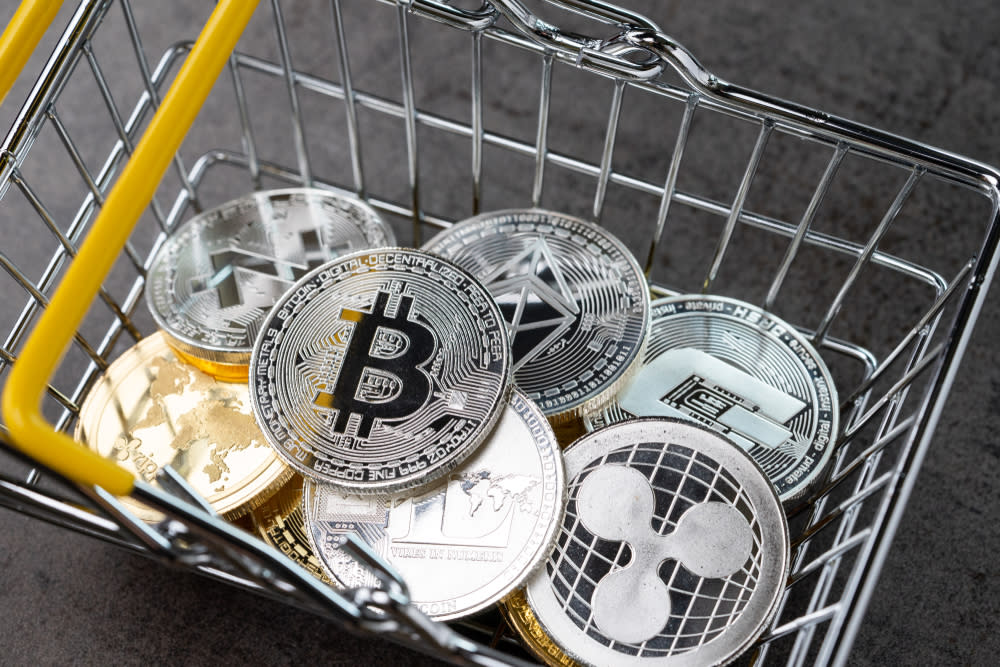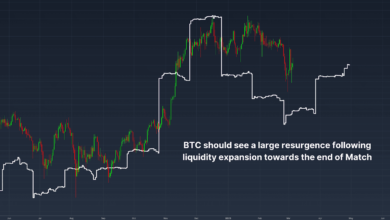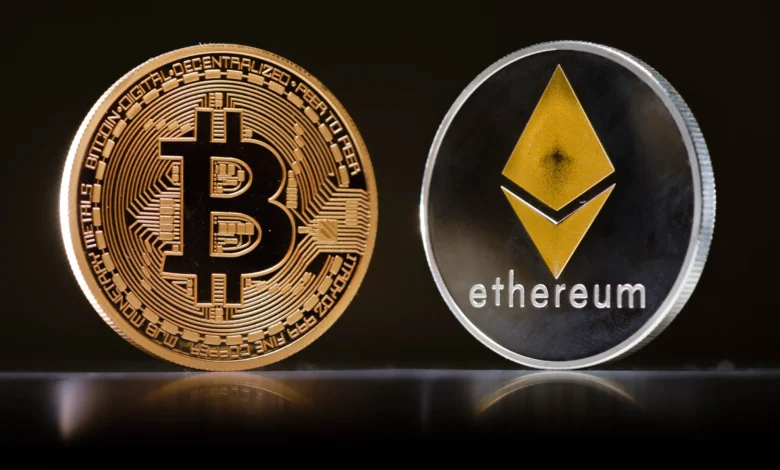
Bitcoin, Ethereum, and XRP Poised for Major Gains in 2025
Significant digital assets, including Bitcoin (BTC), Ethereum (ETH), and Ripple (XRP), are showing clear technical and fundamental changes as the Bitcoin market moves into mid-2025 that might define the direction of the year. Rising institutional adoption, a changing macroeconomic environment, and new regulations are helping to inspire fresh investor confidence and open a path for possible price breakouts.
Bitcoin Breaks $100K Barrier
Following a wild first quarter in 2025, Bitcoin, the leading player in the Cryptocurrency Market, has recovered the $100,000 milestone. BTC is trading at about $101,000 as of mid-May; analysts are focused on a possible breakout to $105,000 and beyond. The event coincides with a more general recovery in world financial markets as geopolitics relaxes and inflation projections steady. The stop by the U.S. Federal Reserve on rate increases has also helped revive demand for risk-on assets, including cryptocurrency.
Institutional flows help confirm Bitcoin’s positive momentum. Spot Bitcoin ETFs have shown more than $5 billion in net positive flows over the previous three weeks alone. This emphasizes the rising demand among major players who view Bitcoin as a store of wealth and a counter to the devaluation of fiat money.
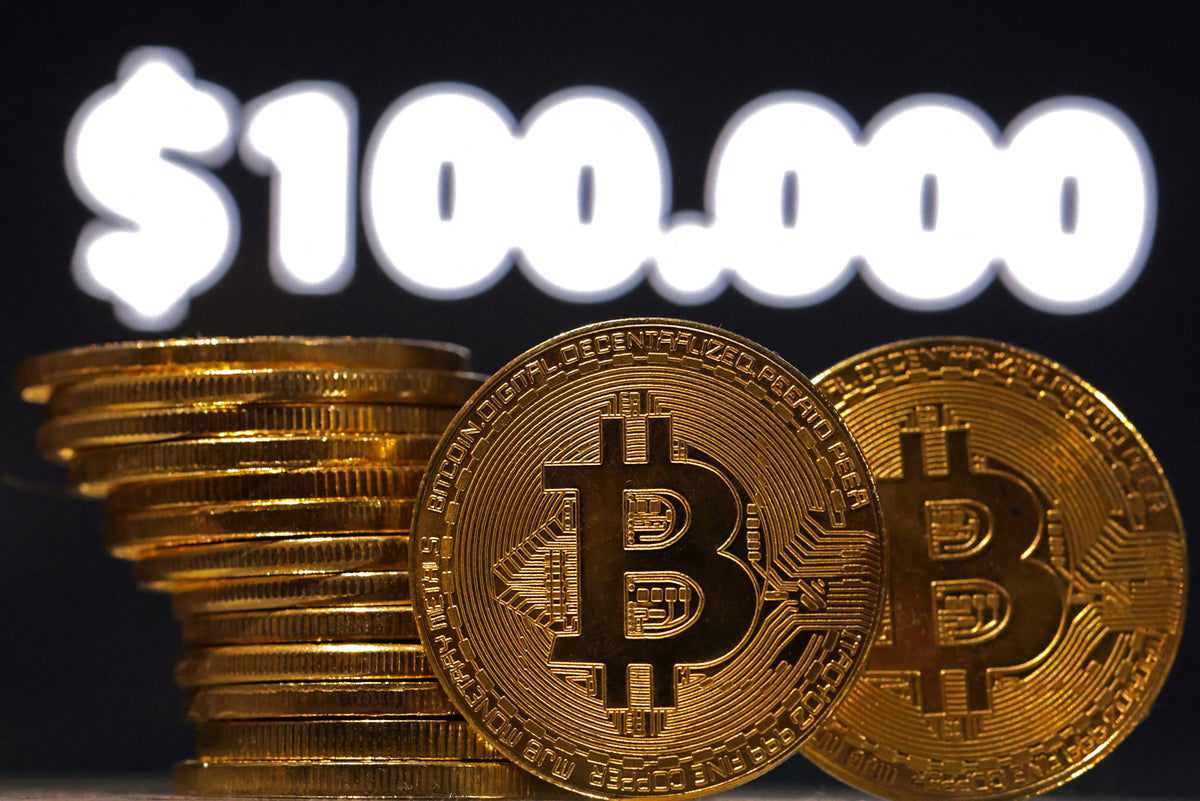
Technically, BTC has shown a great bullish attitude since it has exceeded its 50-day and 200-day moving averages. A successful breach of the $105,000 barrier might allow a path towards $120,000 in the following months. On the downside, the $95,000-$98,000 zone is supposed to offer firm support should profit-taking cause a temporary retreat.
The recent establishment of the U.S. Strategic Bitcoin Reserve—a government-backed project aimed at increasing national digital asset holdings—adds to the long-term optimistic scenario. This action gives Bitcoin more credibility and fits a rising worldwide pattern of state-level digital asset acceptance.
Ethereum Price Outlook
With its native token ETH trading at a little under $2,700, Ethereum is still the top innovative contract platform. Ethereum’s strong development environment, recent network enhancements, and growing institutional presence help it to remain fundamentally sound even if its price action is relatively quiet compared to Bitcoin.
The introduction and increasing popularity of spot ETH ETFs are among the essential elements driving Ethereum’s price. Fund managers like Fidelity and BlackRock are considerably raising their exposure. These ETFs have drawn over $1.2 billion in investment since their launch in late 2024. Even with temporary volatility, ETH’s price has a solid basis, thanks in significant part to institutional players’ ongoing interest.
Switching to a proof-of-stake consensus method using Ethereum 2.0. The energy consumption has been significantly lowered, and future scalability enhancements have been set under the foundation. These advances are crucial since Ethereum wants to keep its leadership in non-fungible tokens (NFTs), distributed finance (DeFi), and corporate blockchain uses.
ETH is now primarily supported around the $2,500 mark. Long-term targets range from $5,000 to $14,000, depending on the success of forthcoming scalability upgrades like Danksharding; if this level holds, analysts predict a rise toward $3,000 might happen in the short run.
The future direction of Ethereum will also depend heavily on regulatory clarity. Ethereum’s open governance and proven use cases could provide it with an advantage in institutional adoption as governments worldwide start to define digital asset rules.
XRP Price Surge
Ripple’s native token XRP has experienced a resurgence in 2025, buoyed by favorable regulatory developments and increasing adoption of RippleNet technology for cross-border payments. Currently trading around $2.58, XRP has gained more than 30% year-to-date and is targeting the key psychological level of $3.
A significant catalyst for XRP’s recent momentum is Ripple Labs’ success in obtaining licenses in key financial jurisdictions. In particular, the company received regulatory approval from the Monetary Authority of Singapore, allowing it to offer digital payment token services. This significant major milestone opens new regional markets and enhances XRP Surges credibility as a regulated asset.
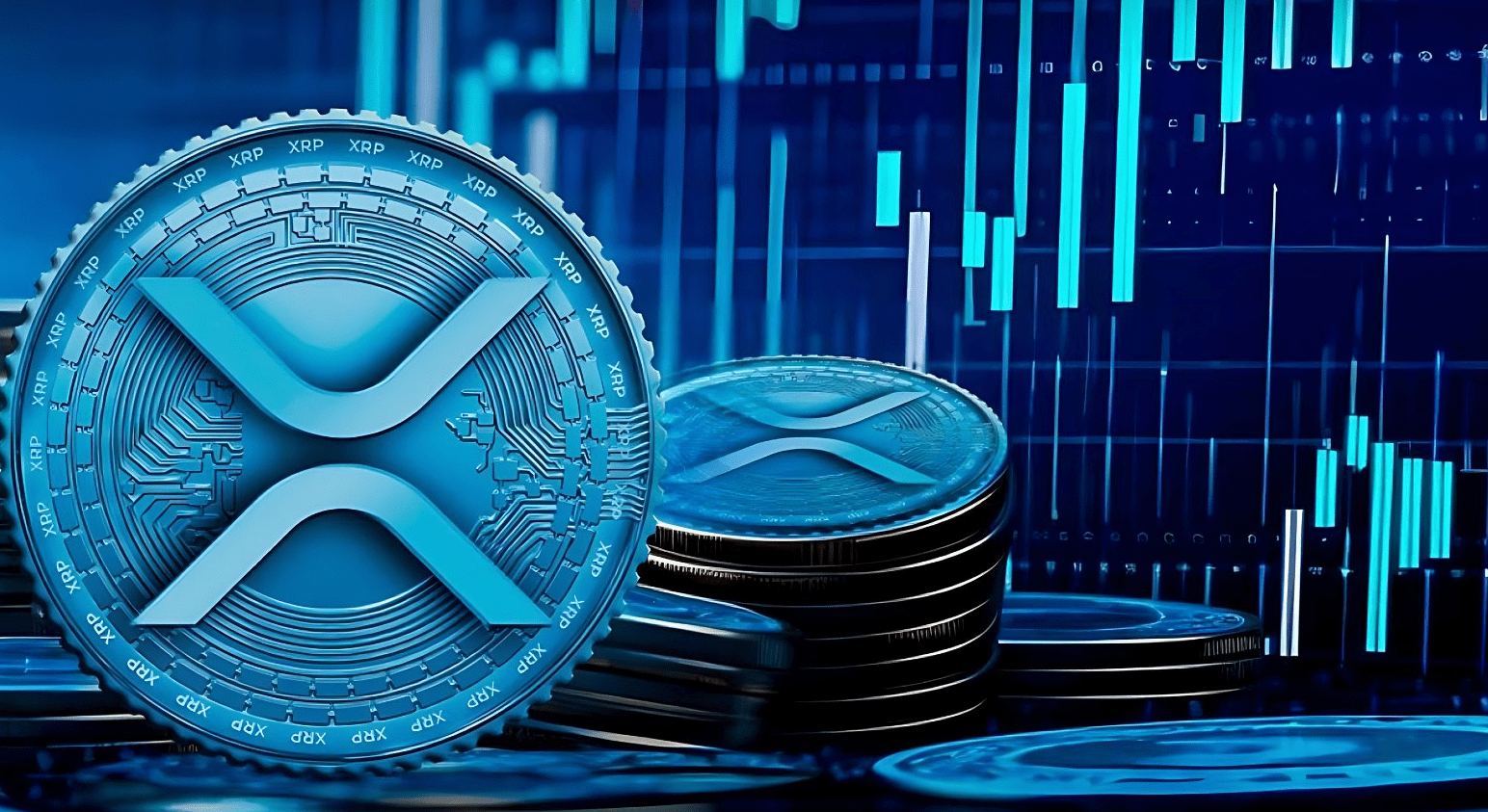
Ripple continues to expand its enterprise blockchain solutions, forming partnerships with financial institutions and central banks interested in real-time settlement solutions. XRP could see increased utility as a bridge currency in retail and institutional transactions as these collaborations mature.
However, Ripple’s road to $3 and beyond has obstacles. Legal uncertainties in the U.S. still cast a shadow over its growth, although the resolution of the SEC lawsuit in Ripple’s favor in late 2024 has alleviated many concerns. Ongoing scrutiny from U.S. lawmakers and potential challenges from other CBDC platforms could pose competitive threats.
If XRP can break above the $2.75 resistance, a rally toward $3 appears increasingly likely. Above that, the next key target is $3.50, a level last seen in the 2018 bull market. Sustained volume and broader crypto market strength will be necessary to support such a move.
Final thoughts
The cryptocurrency industry of 2025 will be defined by a combination of technological innovation, legislative change, and more institutional involvement. Each Bitcoin, Ethereum, and Ripple offers special value propositions to end users and investors, thus positioning them to profit from these trends.
The possible breakthrough of Bitcoin above $105,000 will confirm its function as digital gold. Especially when business applications explode, Ethereum’s emphasis on scalability and energy efficiency could inspire long-term value. With $3 as the next significant milestone, Ripple’s entry into controlled financial markets sets XRP on a strong route toward more general acceptance.
These price forecasts provide insightful information for investors, but they should be moderated by knowledge of market risks like macroeconomic volatility, regulatory changes, and blockchain competitive pressures.

